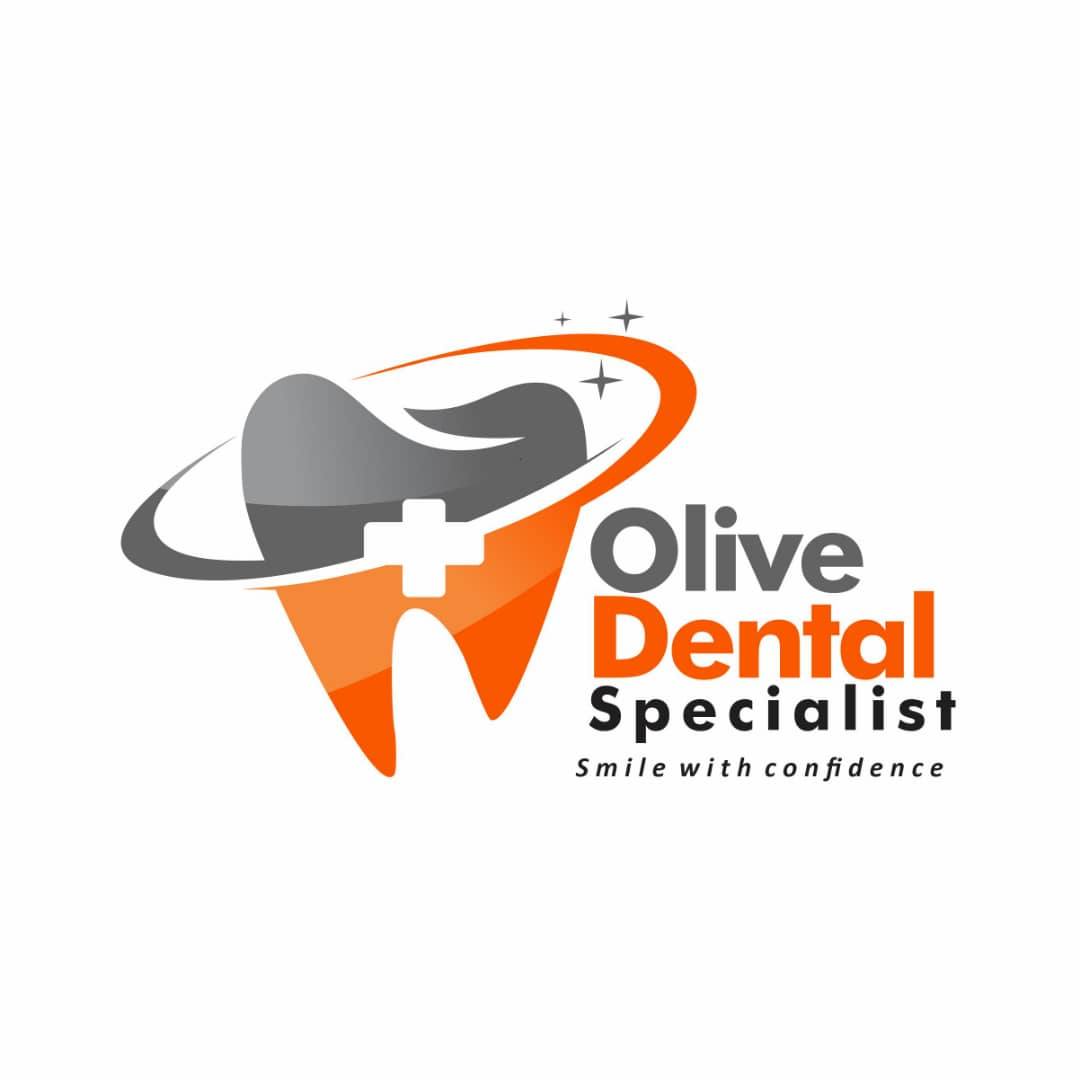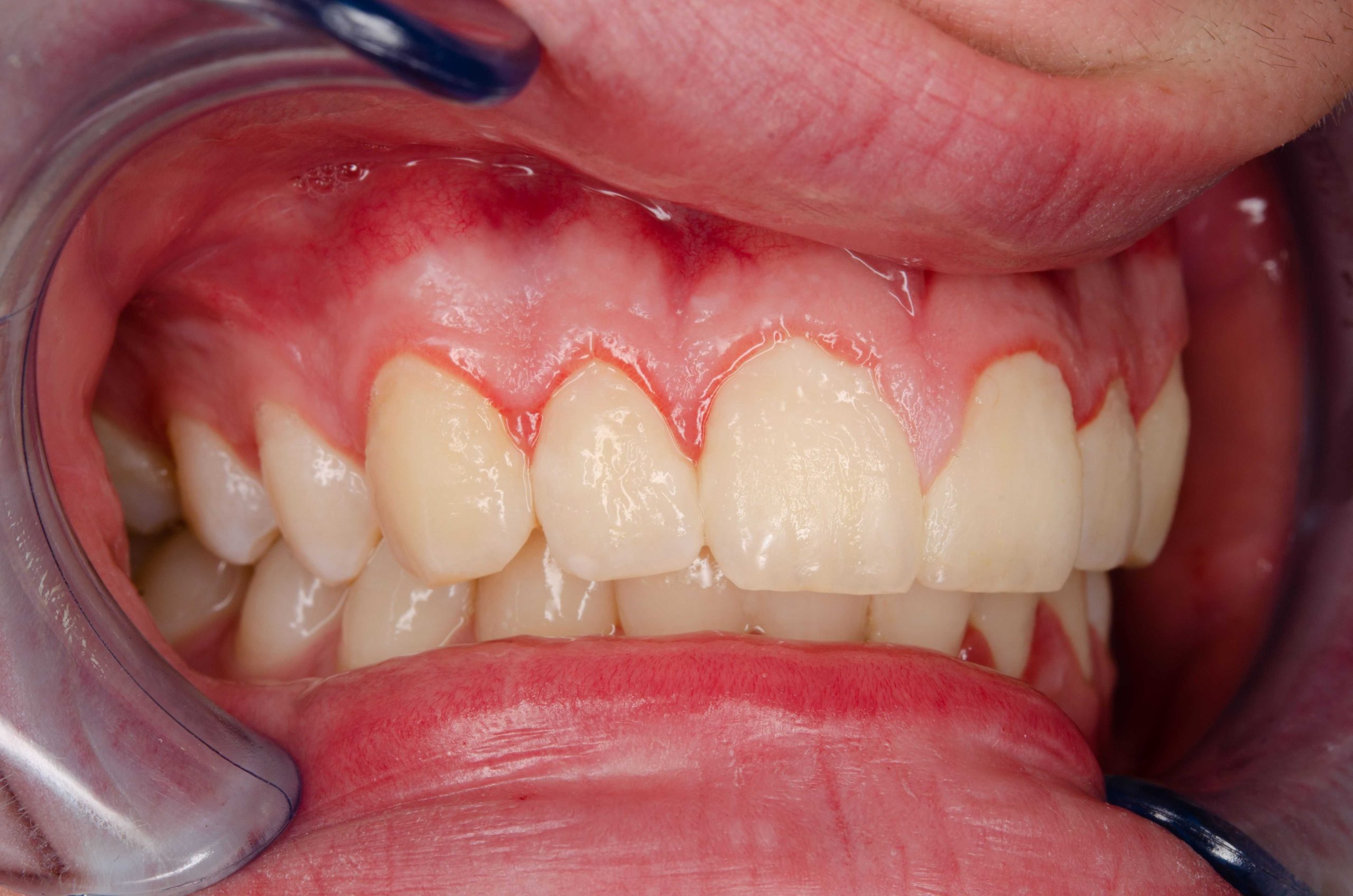Oral health is far more than just having a bright smile. It’s an essential aspect of your overall well-being. Unfortunately, many people don’t realize that issues like plaque, tartar buildup, and harmful oral bacteria can silently cause damage before any visible symptoms appear. Understanding these threats—and more importantly, how to prevent them—can make a significant difference in maintaining lifelong dental health.
In this in-depth blog post, we’ll walk you through how harmful bacteria interact with your mouth, how plaque and tartar form, and proven strategies to prevent their build-up. Our mission remains to provide comprehensive dental solutions that improve not only your oral health but also boost your overall confidence.
Understanding Harmful Bacteria in the Mouth
Your mouth is a bustling environment, home to more than 700 different bacterial species, as identified in studies published by the Journal of Clinical Microbiology. Many of these microorganisms are harmless or even beneficial—these are known as probiotic bacteria that aid in digestion and help keep harmful microbes in check. However, without consistent and effective oral hygiene, this delicate balance can be disrupted.
One of the most notorious bacteria in the mouth is Streptococcus mutans. It thrives on sugar and converts it into acid, which then erodes tooth enamel. This is the leading cause of tooth decay. These bacteria are highly adaptable and can colonize nearly every surface of your mouth, especially if food particles and plaque are left behind.
Two other bacteria to be concerned about are Porphyromonas gingivalis and Treponema denticola. These harmful microbes are commonly associated with periodontal (gum) disease. Not only do they attack the tissues supporting your teeth, but they also influence the behavior of other bacteria, worsening the overall health of your oral microbiome.
Maintaining good oral hygiene is crucial to keeping these harmful bacteria under control. Left unchecked, these bacteria can cause not only tooth decay and gum disease but also contribute to systemic health conditions, such as heart disease and diabetes.
What is Dental Plaque and How Does It Form?
Dental plaque is a sticky, colorless film that constantly forms on your teeth. It’s created when bacteria in the mouth mix with saliva and residual food particles—especially those rich in sugars and starches. Plaque starts to form within minutes after eating and, if not removed, begins to damage your teeth and gums.
Consuming sugary snacks like candy, pastries, and soft drinks encourages bacteria to thrive and produce acids. These acids weaken tooth enamel and lead to the development of cavities. Over time, plaque can extend below the gumline, leading to irritation, inflammation, and early signs of gum disease such as gingivitis.
Here’s the challenge: plaque is persistent. Even people who brush their teeth daily may miss hard-to-reach areas where plaque thrives—like between teeth or along the gumline. That’s why it’s important to be deliberate and thorough when brushing and flossing.
How Plaque Turns Into Tartar
When plaque remains on the teeth for an extended period, especially in areas that are not adequately cleaned, it begins to harden. Minerals from your saliva interact with the plaque, causing it to calcify and form tartar—also known as dental calculus.
Tartar is more than just a cosmetic concern. It’s a hardened layer that adheres tightly to the surface of the teeth and beneath the gumline. Unlike plaque, tartar cannot be removed by brushing or flossing alone. It requires professional dental treatment.
This buildup serves as a platform for more plaque to accumulate, creating a cycle of bacteria growth and tooth damage. Over time, tartar contributes to severe forms of gum disease such as periodontitis. It also makes routine oral hygiene more difficult, increasing your risk of tooth loss.
Tartar often appears yellow or brown and can stain easily, particularly in individuals who smoke or frequently consume tea, coffee, or red wine. In addition to compromising dental health, tartar can affect the appearance of your smile.
How to Prevent Plaque and Tartar Buildup
Preventing plaque and tartar requires a disciplined approach to daily oral hygiene and lifestyle habits. Here are essential strategies you can implement immediately to protect your teeth:
1. Brush Your Teeth Twice Daily
Use a fluoride toothpaste and a toothbrush with soft bristles approved by the American Dental Association (ADA). Brush for at least two minutes, ensuring you cover every surface: outer, inner, and chewing surfaces of each tooth. Don’t forget your tongue—it harbors bacteria too.
An electric toothbrush may be more effective for some individuals, especially those with limited dexterity, as it can remove more plaque than manual brushing when used properly.
2. Floss Daily
Flossing removes food particles and plaque from between the teeth and below the gumline—places your toothbrush can’t reach. It should be done at least once a day to prevent plaque from accumulating in these hidden areas.
Use dental floss, floss picks, or water flossers based on your preference and ease of use. The goal is to make it a consistent habit.
3. Limit Sugary and Starchy Foods
Foods rich in sugar and starch are prime fuel for plaque-causing bacteria. Reduce your intake of candy, soda, baked goods, and processed snacks. If you do consume them, rinse your mouth with water afterward and brush your teeth as soon as it’s feasible.
A diet rich in vegetables, whole grains, lean proteins, and fiber can support not only general health but also oral health. Crunchy fruits and vegetables like apples, carrots, and celery help naturally clean your teeth while stimulating saliva flow.
4. Drink Plenty of Water
Water is one of your mouth’s best natural defenses. It helps rinse away food particles, reduces acidity, and supports saliva production, which plays a critical role in neutralizing bacterial acids and remineralizing enamel.
Aim to drink water after every meal and carry a reusable water bottle to stay hydrated throughout the day.
5. Use Antibacterial Mouthwash
Antiseptic mouthwashes help reduce bacteria that cause plaque and gum disease. Some products are formulated to prevent tartar as well. However, mouthwash should be used as a supplement to brushing and flossing—not a replacement.
Look for mouthwashes with active ingredients like cetylpyridinium chloride or essential oils (menthol, thymol, and eucalyptol), which are known to fight bacteria.
6. Get Regular Dental Checkups
Routine dental visits every six months are crucial in preventing and detecting problems early. Your dentist will remove any plaque or tartar buildup through professional cleaning, reducing your risk of gum disease and decay.
In some cases, your dentist may recommend dental sealants—thin, protective coatings applied to the chewing surfaces of the back teeth. These help prevent plaque and food from getting trapped in grooves that are difficult to clean.
7. Consider Dental Scaling if Necessary
If tartar has already formed, your dentist may recommend a procedure called scaling and root planing (also known as deep cleaning). This non-surgical treatment removes tartar from above and below the gumline and smooths root surfaces to discourage further bacterial buildup.
Depending on the severity of the condition, additional treatments may include antibiotic therapy, specialized tartar-control toothpaste, and fluoride applications.
Tartar’s Connection to Systemic Health
Tartar isn’t just a dental nuisance—it’s also been linked to serious health conditions. Studies show a correlation between periodontitis (advanced gum disease caused by tartar) and heart disease. Bacteria from infected gums can enter the bloodstream and may contribute to inflammation in other parts of the body.
For smokers and individuals with underlying health issues, the consequences can be even more severe. Tartar makes it harder to clean your teeth properly and can lead to chronic gum infections that may complicate diabetes or respiratory conditions.
This reinforces the importance of prevention and timely dental care. Keeping plaque and tartar under control is essential not just for your mouth, but for your entire body.
Conclusion
Plaque, tartar, and harmful oral bacteria pose a constant threat to your dental health, but they can be effectively managed with informed and consistent care. Simple daily habits—brushing, flossing, eating smart, and visiting the dentist—go a long way in preserving your smile.
At Olive Dental Clinic, we are dedicated to providing comprehensive dental solutions that support every aspect of your oral health and empower you with the confidence that comes from a clean, healthy smile. Whether you’re taking preventive steps or looking for treatment options, we’re here to guide you every step of the way.
Take control of your dental health today. With the right approach, you can prevent plaque, tartar, and bacteria from ever gaining the upper hand.



